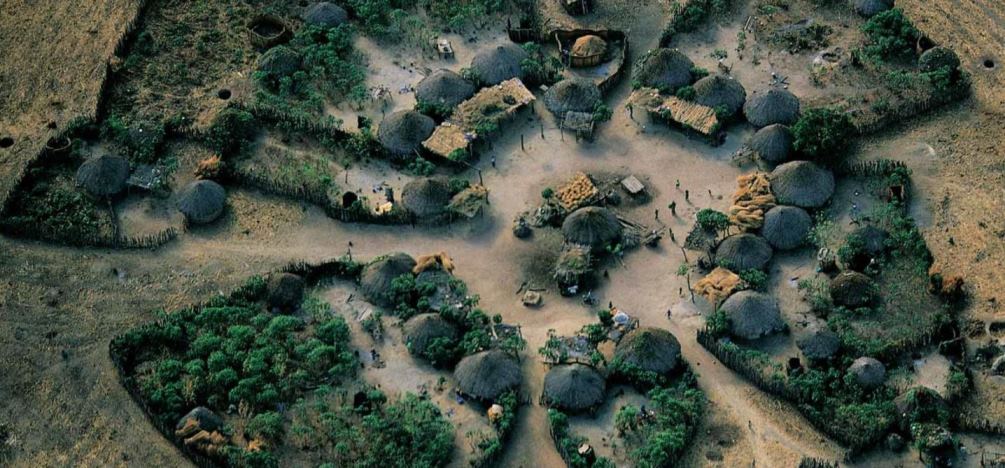The Seventeenth Session of the Committee for the Review of the Implementation of the UN’s Convention to Combat Desertification (CRIC17) took place in Georgetown, Guyana from January 28-30, 2019. New reports unveiled at the inter-governmental meeting indicate that momentum to repair degraded lands—and to manage droughts more effectively—has accelerated.
“Momentum is with us,” announced Monique Barbut, Executive Secretary of the Convention, during the opening of CRIC 17.
“The first piece of good news is that we know more and more about what is going on…. how much land we have degraded globally in the first 15 years of this Millennium, how life has changed for the communities living on degraded lands, how droughts are evolving globally, the changing status of endangered biological species, and the financial resources available to address desertification,” she said.
An assessment of land degradation in 127 countries revealed that close to 20 percent of healthy land was degraded in the first 15 years of this Millennium. Globally, 169 countries are affected by land degradation, desertification or drought.
In the last four years, 82 countries have set targets aiming to halt land degradation by 2030 and 44 of the 70 countries regularly hit by drought are setting up drought management plans to ensure droughts do not turn into disasters.
The findings are the most comprehensive to date, with data submitted by 135 countries, and an assessment of degradation monitored using earth observations.
Recommendations derived from that Guyana meeting will be tabled at the fourteenth session of the Conference of the Parties to the UN Convention to Combat Desertification (UNCCD) to be held on October 7-18, 2019 in New Delhi, India.
She also described as good news the reports’ findings that “in all regions, rural populations now have more access to safe drinking water, poverty has declined by 27% overall, at least 120 countries will eventually have targets to curb land degradation and there is growing interest from domestic and global private finance to invest in land management.”
Barbut, who steps down as the Convention’s Executive Secretary in February of 2019, also cautioned that “aspects such as land governance, education, demography and land use planning still have a long way to go,” and called on governments not to underestimate their ability to trigger change in the most pressing areas, but to be “brave.”
Joseph Harmon, Minister of State, Guyana, said “although milestones have been achieved… we still have to be steadfast in addressing land degradation. The continuing degradation of land and soils is a severe threat to the provision of ecosystem services and economic development globally.”
Harmon added, “the pressures on land are increasing due to urbanization, population growth and rising demands for food, feed, fuel and fiber. Halting land degradation is therefore a prerequisite for sustainable development.”
Global efforts to combat desertification began in 1977. However, the rapid loss of productive land due to a combination of poor land uses and growing extreme and erratic weather effects now affects more people than ever before.
Two other recent reports examined the extent and effects of land degradation on livelihoods. The Global Land Outlook released in 2017 found a persistent loss of 20 percent of the Earth’s vegetative cover from 1998-2013. The Assessment of Land Degradation released in 2018 showed that land degradation impacts over 3.2 billion people.
The Inter-Governmental Panel on Climate Change is expected to release its own assessment of the effects climate change on land degradation later this year.
Photo of village in Guyana courtesy of UNCCD.

